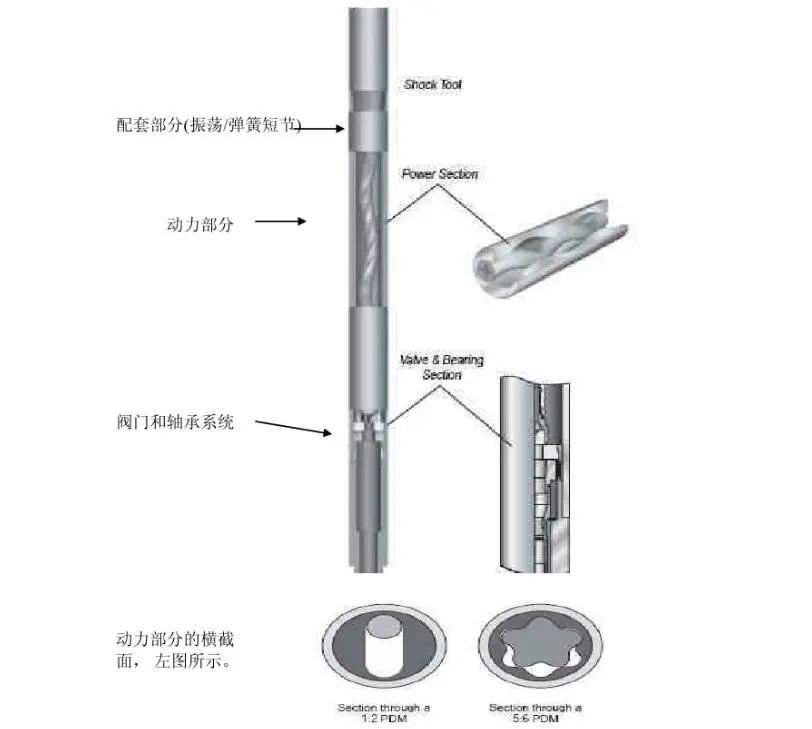The hydraulic oscillator mainly consists of three mechanical parts:
1) oscillating sub-section;
2) power part;
3) valve and bearing system.
The hydraulic oscillator uses the longitudinal vibration it generates to improve the effectiveness of drilling weight transmission and reduce the friction between the bottom drilling tool and the wellbore. This means that the hydraulic oscillator can be used in various drilling modes. , especially in directional drilling using power drilling tools to improve the transmission of weight on bit, reduce the possibility of sticking of the drilling tool assembly, and reduce torsional vibration.

Working principle of hydraulic oscillator
The power part causes periodic changes in the upstream pressure to act on the spring nipple, causing the spring nipple to continuously press the inner spring, causing vibration.
The pressure of the fluid passing through the sub-joint changes periodically, acting on the spring inside the sub-joint. Because the pressure is sometimes high and sometimes small, the piston of the sub-joint reciprocates axially under the dual action of pressure and spring. This causes other drilling tools connected to the tool to reciprocate in the axial direction. Since the compression of the spring consumes energy, when the energy is released, 75% of the force is downward, pointing in the direction of the drill bit, and the remaining 25% of the force is upward, pointing away from the drill bit.
The hydraulic oscillator causes the drilling tools up and down to produce longitudinal reciprocating motion in the wellbore, so that the temporary static friction of the drilling tools at the bottom of the well changes into kinetic friction. In this way, the frictional resistance is greatly reduced, so the tool can effectively reduce the impact caused by the wellbore trajectory. The resulting drilling tool dragging phenomenon ensures effective WOB.
There is a linear relationship between the frequency of vibration and the flow rate through the tool, frequency range: 9 to 26HZ. The acceleration range of the tool's instantaneous impact: 1-3 times the acceleration of gravity.
Post time: Sep-12-2023








 Room 703 Building B, Greenland center, Hi-tech development zone Xi’an, China
Room 703 Building B, Greenland center, Hi-tech development zone Xi’an, China
 86-13609153141
86-13609153141


